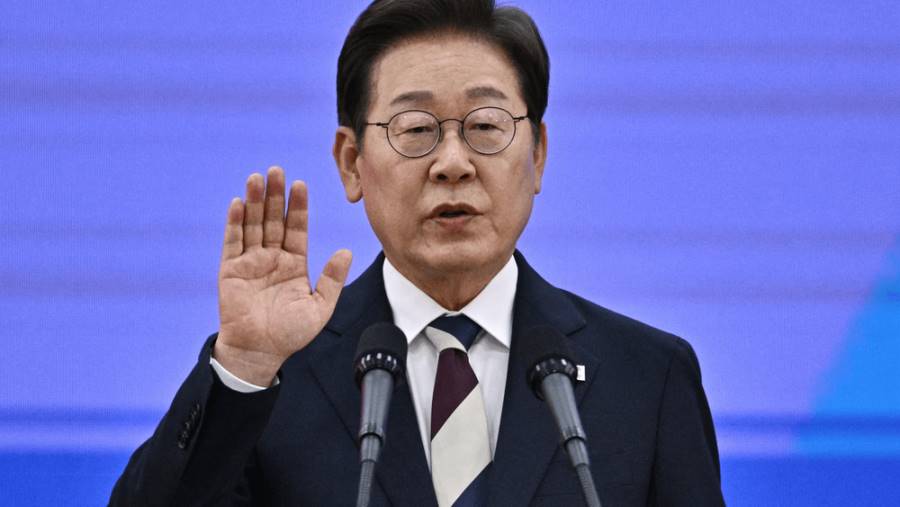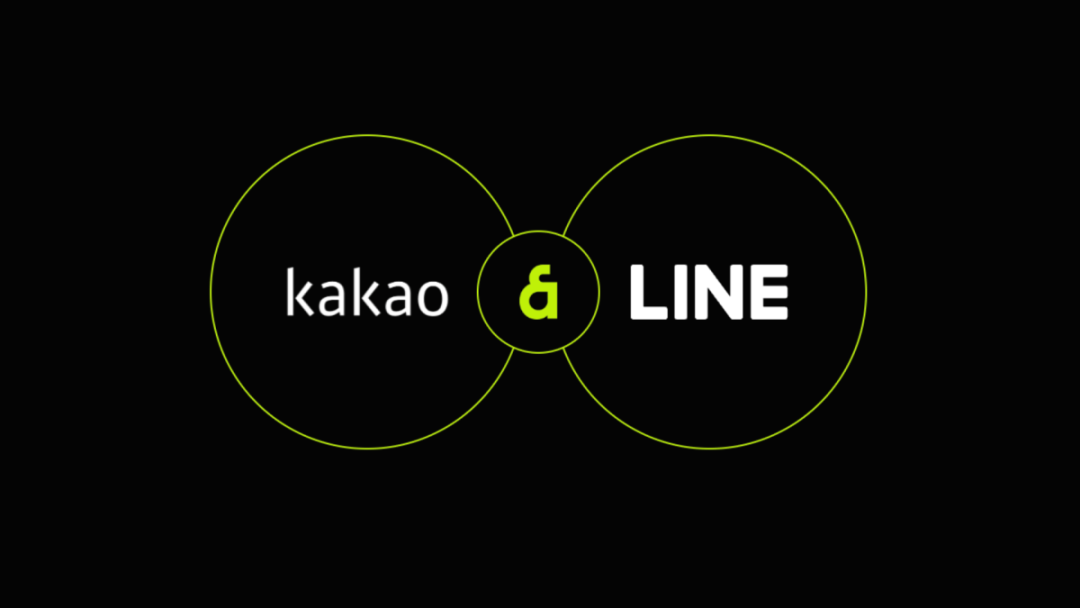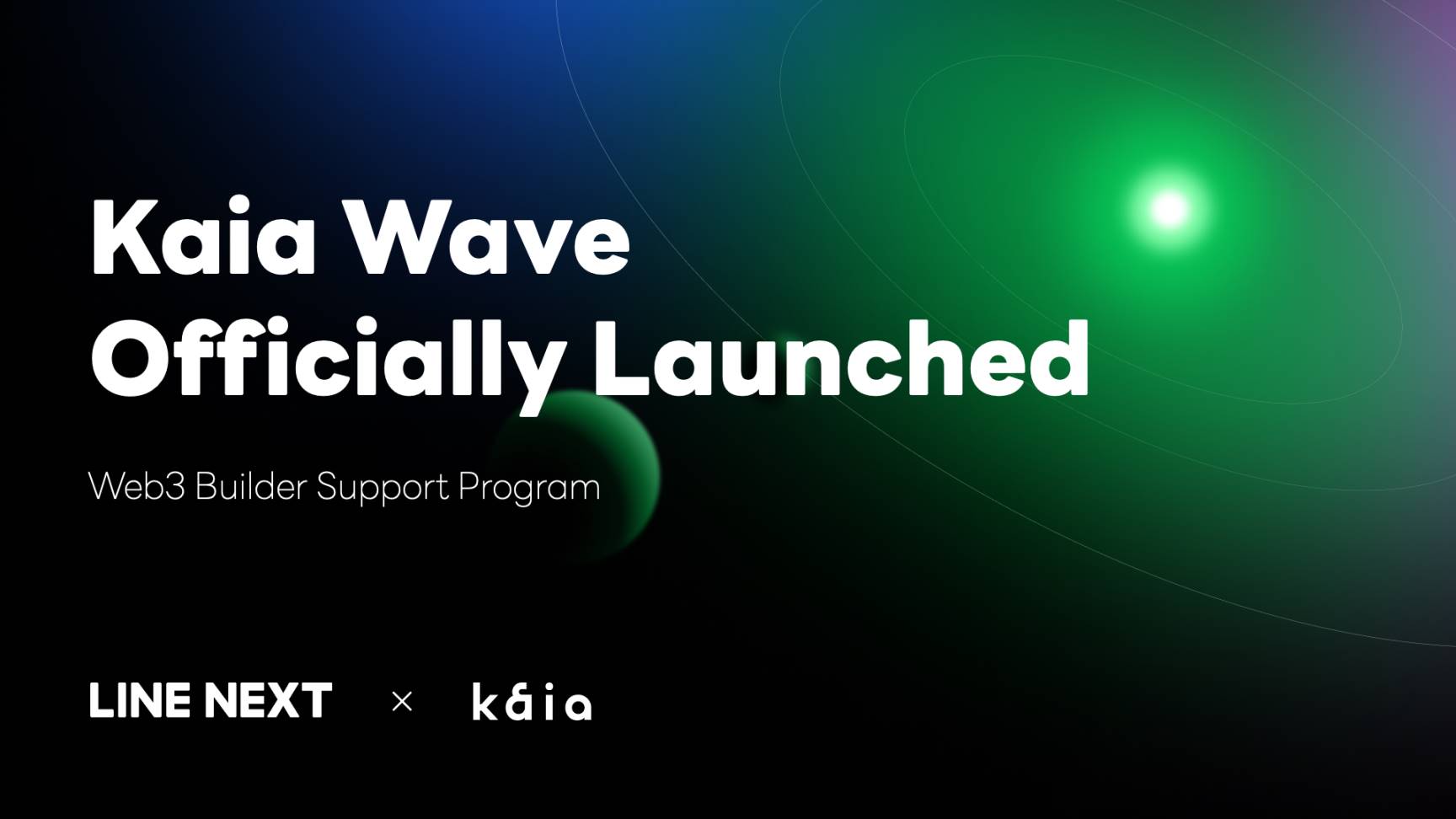Since the inauguration of the new president Lee Jae-myung, support for the issuance of stablecoins pegged to the Korean won has become the latest policy trend.
Written by: Zen, PANews
This week, the Kaia public chain has become one of the focal points in the crypto market due to its strong token performance. Since its merger with Klaytn and Finschia in August 2024, Kaia has been continuously enhancing its technical performance and ecosystem development; recent moves in stablecoins and payment scenarios have made it a hot topic among industry investors. The CEO of the foundation publicly stated, "Kaia's Stablecoin Summer is coming," indicating that its fiat-pegged token plan is about to enter the implementation phase.
Since the inauguration of the new president Lee Jae-myung, support for the issuance of stablecoins pegged to the Korean won has become the latest policy trend. The Kaia team also took the opportunity to announce plans to collaborate with super apps like Kakao Pay and LINE NEXT to launch a Korean won stablecoin. Following the announcement, Kakao Pay's stock price surged nearly 30%, and the price of Kaia tokens also rose significantly, from nearly $0.10 to a peak of $0.17, indicating that the market is full of expectations for the prospects of local stablecoin projects in South Korea.
Riding the Policy Tailwind, Kaia Stablecoin Project Launches
After the new president Lee Jae-myung proposed a policy to support local currency stablecoins in 2025, Kaia quickly responded and announced plans to launch a Korean won stablecoin. Following this announcement, related concept stocks like KakaoPay saw their prices soar nearly 30%, and the market is filled with anticipation for the Korean won stablecoin.

The Korean won stablecoin project proposed by Kaia is jointly promoted by Kakao and LINE (in collaboration with KakaoPay, LINE NEXT, etc.), and is currently still in the planning stage, with no specific issuance timetable yet. With its digital wallet infrastructure and QR code payment system, Kakao Pay is also widely regarded as a potential beneficiary of the local stablecoin.
The South Korean government is currently drafting the "Digital Asset Basic Law," actively discussing a regulatory framework that allows private institutions to issue stablecoins. The draft bill aims to permit non-bank institutions and payment service providers to issue stablecoins and relax rules for cryptocurrency exchanges, enabling them to participate in lending and choose which tokens to list. Under this proposed framework, the approval authority for stablecoin issuers will no longer rest with the Bank of Korea (BOK) but will shift to the Financial Services Commission. The bill also significantly lowers regulatory thresholds, reducing the capital requirement for issuers from the previously proposed 5 billion won to 500 million won ($365,000).
However, according to the South Korean constitution, the right to issue legal tender belongs to the central bank, and private institutions face legal obstacles in issuing fiat-pegged tokens. The Bank of Korea has also pushed back against these proposals, with reports indicating that the central bank has shown a "panic" response, stating that it originally planned to hold a meeting on stablecoins to express its view: indiscriminately issuing stablecoins pegged to the won could lead to "currency runs," thereby affecting the competitiveness of the won.
In terms of policy inclination, the head of the ruling party's digital asset committee has stated that they will support private issuance and plan to clarify the legalization of stablecoins in the "Basic Law." The Kakao Group, on which Kaia relies, possesses a large-scale payment and financial infrastructure, providing a convenient pathway for the practical use of future stablecoins.
However, despite the enthusiastic market response, the prospects for the Kaia stablecoin project remain unclear. On one hand, issues related to monetary sovereignty and anti-money laundering compliance are still difficult to overcome; on the other hand, the issuance and redemption mechanisms of the stablecoin itself need to be validated, and several potential competitors have already set their sights on this lucrative market. Recently, during the Bank of Korea's experiments with tokenized deposits and wholesale central bank digital currency (CBDC), several large banks in South Korea publicly announced plans to jointly issue stablecoins.
Therefore, while the launch and advancement of Kaia's stablecoin plan present many possibilities amid policy opportunities, whether it can obtain regulatory approval and be smoothly implemented still faces significant uncertainties.
Social Giants Unite, Boasting 250 Million "Potential Users"
The Kaia public chain is a large blockchain network primarily aimed at the Asian region, formed by the merger of the Klaytn chain backed by South Korea's Kakao and the Finschia chain backed by Japan's LINE, officially launched in August 2024. It aims to reach hundreds of millions of Asian users by seamlessly integrating Web3 services with Kakao Talk and LINE.
Kakao Talk is one of the most popular instant messaging applications in South Korea, with nearly 95% penetration in the country and approximately 50 million monthly active users; LINE, as Japan's most popular communication platform, covers 70% of the Japanese population and dominates markets in Thailand and Taiwan. With the distribution capability of over 250 million users across these two major social platforms, Kaia has been regarded as one of the "potential stocks" to promote the popularization of crypto applications. This year, the Kaia Foundation has raised external funding from investment institutions such as Blockchain Capital and 1kx to support ecosystem incubation and market promotion.

Before the merger into Kaia, Klaytn was developed by Kakao's blockchain subsidiary Ground X and officially launched in 2019, becoming an important representative of South Korea's blockchain network. Its user base achieved an astonishing growth of 1,100% in 2023, reaching 873,000; Finschia (formerly known as LINE Chain) was launched in 2022 and provided the NFT platform DOSI within LINE, accumulating over 5.6 million users and completing approximately 560,000 NFT transactions. After the merger of the two chains, Kaia inherits Klaytn's DeFi, gaming, and other ecosystems, as well as Finschia's NFT and payment application scenarios, to achieve technical and user complementarity. The official vision emphasizes that Kaia will "put Web3 at the fingertips of hundreds of millions of users in Asia" and create an efficient platform to support the development of large-scale decentralized applications.
As an Ethereum-compatible Layer 1 public chain, Kaia technically inherits and optimizes Klaytn's IBFT consensus framework. Its consensus algorithm is based on an optimized Istanbul BFT, allowing for rapid final confirmation of blocks and supporting multi-node participation. Official documents indicate that the Kaia network can handle up to 4,000 transactions per second, with a block generation time of just 1 second and instant transaction finality. Unlike conventional PoW/PoS, Kaia adopts a BFT consensus aimed at enterprise and service scenarios, ensuring that once a block is produced, it is definitively confirmed, eliminating the traditional risk of block rollback. Kaia network nodes are divided into consensus nodes (CN), proxy nodes (PN), and endpoint nodes (EN), with consensus nodes managed by core operators (CCO) responsible for block generation and verification. The network design ensures that over 50 nodes can participate in consensus, balancing throughput and decentralization.
In terms of technical features, Kaia supports account abstraction and fee delegation, significantly simplifying the user experience; it also integrates identity and payment channels from LINE and KakaoTalk, allowing ordinary users to access on-chain services without additional registration. Kaia maintains equivalently compatible status with Ethereum and other EVM chains and plans to support CosmWasm smart contracts; its industry-leading cross-chain bridge integration capabilities provide developers with flexible multi-chain interoperability. Notably, the Kaia mainnet is essentially a hard fork of the original Klaytn mainnet, with all states of Klaytn automatically inherited by the Kaia chain after the merger.
Expanding from Gaming to Financial Services
When Kaia was first launched, user and funding metrics were still in the preliminary stages. By mid-2025, Kaia ranked approximately in the top fifty globally in DeFi TVL, reflecting the scale of its ecosystem in the initial stage. In terms of on-chain activity, Kaia's officials have disclosed that over 40 million users have accessed the Mini DApp portal. The number of wallets and transaction volume grew rapidly in the early stages of launch, but overall levels still lag far behind mature mainstream public chains like Ethereum, Solana, and BNB.
Ecologically, Kaia has merged the application ecosystems of Klaytn and Finschia, forming a comprehensive ecosystem covering DeFi, NFT, GameFi, real-world assets (RWA), and other fields. According to official statistics, there are already over 420 decentralized applications and gaming services that have launched or are planned to launch on the Kaia network after the merger.
Additionally, alongside the launch of the Kaia mainnet, LINE NEXT and the Kaia Foundation jointly introduced a builder support program called Kaia Wave. This program aims to provide multi-faceted support to promising Dapps, enabling them to reach consumer users in both Web2 and Web3, and gain additional advantages from sources such as LINE Messenger, Web3 marketing alliances, creators, and vertical services from Kaia and LINE NEXT. Official documents state that the Kaia Wave program will provide a total value of $10 million in KAIA tokens, specifically for user acquisition and rewards.

In the DeFi sector, Kaia has launched several decentralized exchanges and staking, lending projects such as KlaySwap and DragonSwap, and the platform layer also supports stablecoins, cross-chain bridges, and other infrastructure; in the NFT space, Kaia inherits the user base of the Finschia DOSI platform, and its GameFi ecosystem benefits from the user base and partner resources of the two major social platforms, with some game developers beginning to launch mobile games, NFT items, and other content on Kaia.
Following the example of Telegram and the Ton blockchain, the Dapp Portal is one of the main tools for the development of the Kaia ecosystem in terms of Mini DApp distribution and user engagement. The Dapp Portal is built on the Kaia chain and is accessible to users through the official LINE Messenger account, allowing them to access games, social interactions, trading, and other Mini DApps within the chat interface without the need to download or install any new applications. In January of this year, LINE NEXT and Kaia jointly launched the first batch of 32 Mini DApps, enabling users to create wallets, play games, claim rewards, and trade NFTs with just one click, without needing to install a separate client.
In terms of official strategy, Kaia is gradually expanding from the gaming sector to financial services and general applications: at the beginning of 2025, it launched a USD stablecoin yield product on the LINE platform, with future plans including the introduction of lending, perpetual contracts, payment, and asset tokenization DeFi protocols, as well as achieving seamless exchange functionality between the Korean won and stablecoins.
In May of this year, Tether officially deployed its USD stablecoin USDT on Kaia, providing stablecoin payment and cross-border transfer services to LINE's 196 million users, marking a further expansion of Kaia's layout in the international stablecoin ecosystem. Overall, Kaia is accelerating the construction of a platform-level ecosystem and promoting the use case of "messages as entry points, on-chain as payment" in collaboration with industry partners.
免责声明:本文章仅代表作者个人观点,不代表本平台的立场和观点。本文章仅供信息分享,不构成对任何人的任何投资建议。用户与作者之间的任何争议,与本平台无关。如网页中刊载的文章或图片涉及侵权,请提供相关的权利证明和身份证明发送邮件到support@aicoin.com,本平台相关工作人员将会进行核查。




